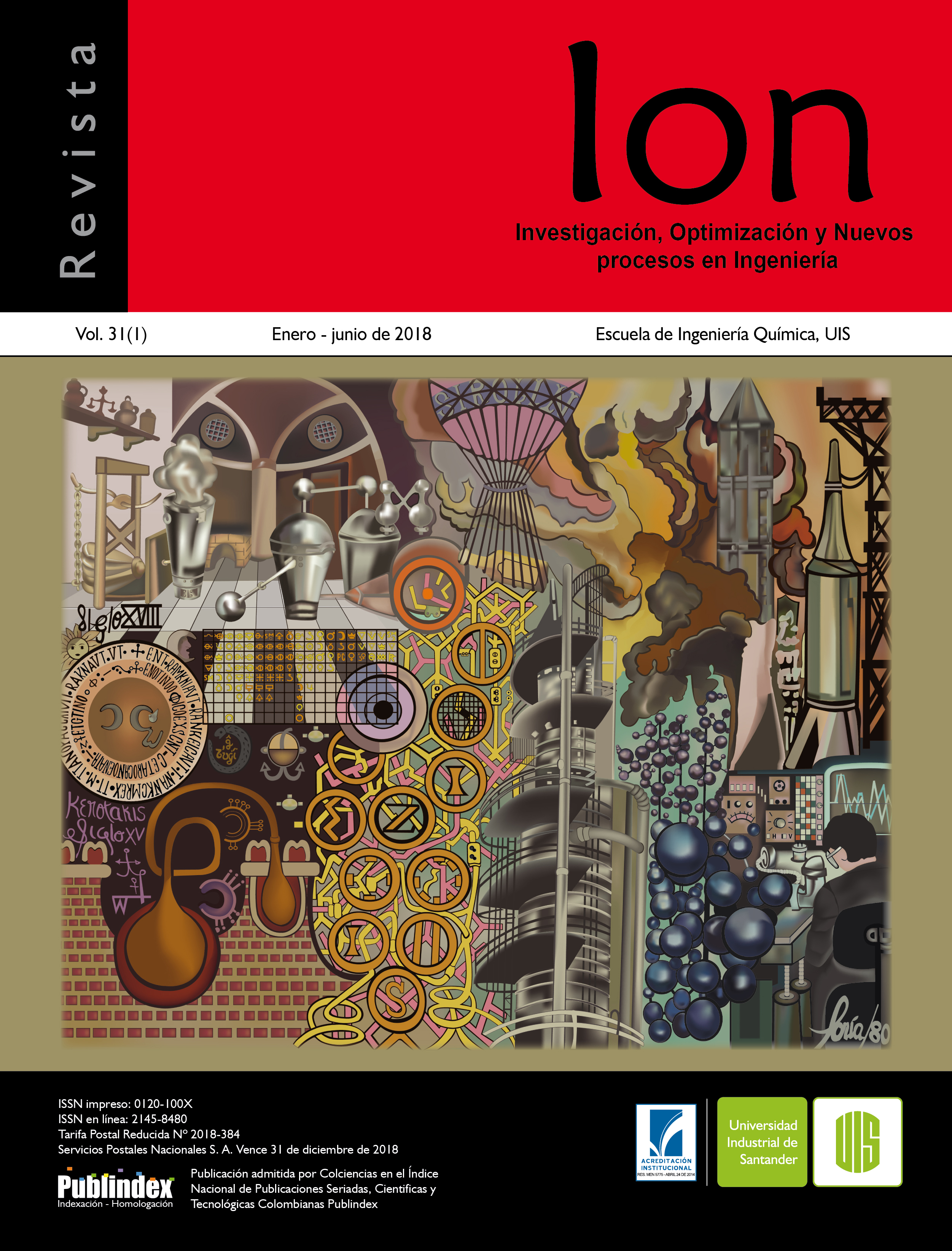Physicochemical characterization of the shell and stem by-products of plantain Dominico harton
Published 2018-09-28
Keywords
- Residues,
- by-products,
- organic matter,
- alternatives,
- contaminants
How to Cite
Abstract
The plantain crop in Colombia is developed throughout the national, with a production of 87%, using only the fruit for marketing; the generation of waste lacks an adequate treatment or disposal, becoming pollutants for the environment, being mainly used as organic fertilizer. Therefore, the objective of this study was to physicochemically characterize the husk and scion by-products generated in the harvest and post-harvest of the plantain Dominican harton to determine if they can be used as substrates, generating alternatives for harvesting. The by-products were characterized taking into account physicochemical parameters such as pH, percentages of titratable acidity, humidity, organic matter, among others. The results obtained reported pH of 4.86 and 5.61; acidity percentage of 1.55 and 0.64%, humidity around 8.3%, organic matter of 83.51 and 80.17%, for the husk and the stem, respectively. The characterization made to banana by-products allows considering them as potential substrates; thus generating different alternatives of exploitation to which these agroindustrial waste are considered.
Downloads
References
[2] Espinal C, Martínez HJ, Peña, Y. La cadena de plátano en Colombia. Una mirada global de su estructura y dinámica (sitio en Internet). Ministerio de Agricultura y Desarrollo Rural. Disponible en: http://www. asohofrucol. com. co/archivos/Cadenas/platano (2005).
[3] Suarez, OE. Residuos del plátano: ganancia extra para cultivadores. Centro Virtual de Noticias de la educación. (sitio en Internet). Disponible en: http://www.mineducacion.gov. co/cvn/1665/w3-article-264928.html. Acceso el 31 de Julio de 2017.
[4] Secretaría de desarrollo urbano y ecología, departamento del distrito federal. Norma NMX-AA-21. Protección al ambiente - Contaminación del suelo - Residuos sólidos municipales. México; 1985.
[5] Horwitz W, Latimer G. Official Methods of Analysis of AOAC International, Gaithersburg MA, USA. Association of Official Analytic. chem. 2000.
[6] Norma TAPPI 222-om-88. Technical association of the pulp and paper industry. TAPPI test methods. USA; 1998.
[7] García LS, Duque AL, Padilla L, González LE. Residuos orgánicos domésticos como sustrato para la producción de hongos Pleurotus ostreatus. Rev. Fac. Nal. Agronomía. 2014;67(2):1186-8.
[8] Miles PG, Chang ST. Biología de las setas. Fundamentos básicos y acontecimientos actuales. Colombia: World Scientific; 1999.
[9] Mazzeo M, León L, Mejía LF, Guerrero LE, Botero JD. Aprovechamiento industrial de residuos de cosecha y poscosecha del plátano en el departamento de Caldas. Rev. Edu. En Ingeniería. 2010;5(9):128-39.
[10]Hernández S, Pérez J, Masaguer A, Eymar E. Caracterización físico-química de residuos orgánicos compostados, evaluación de su potencial nutritivo y aprovechamiento agrícola. III Jornada Grupo de Fertilización de la SECH. 2009.

